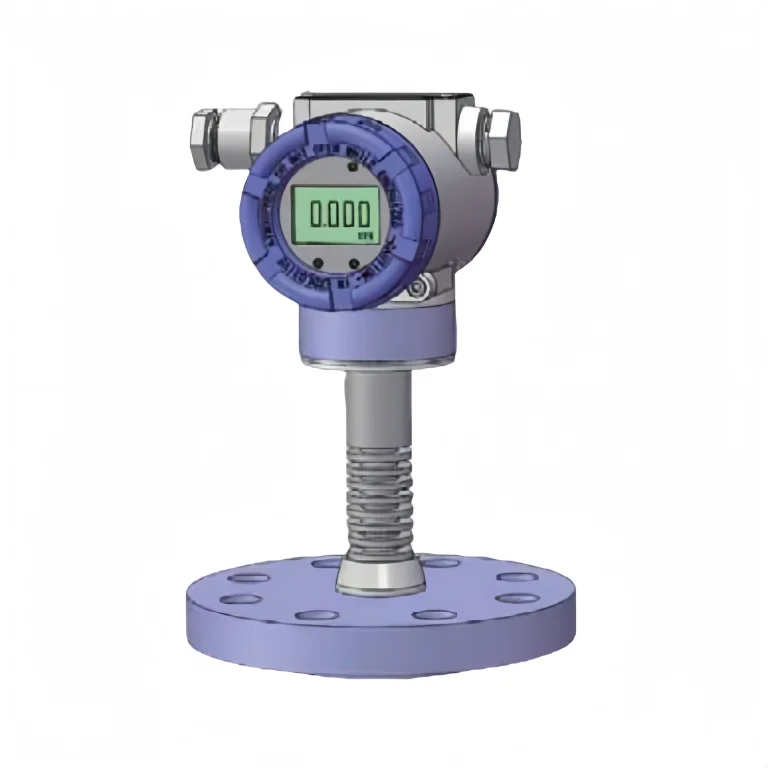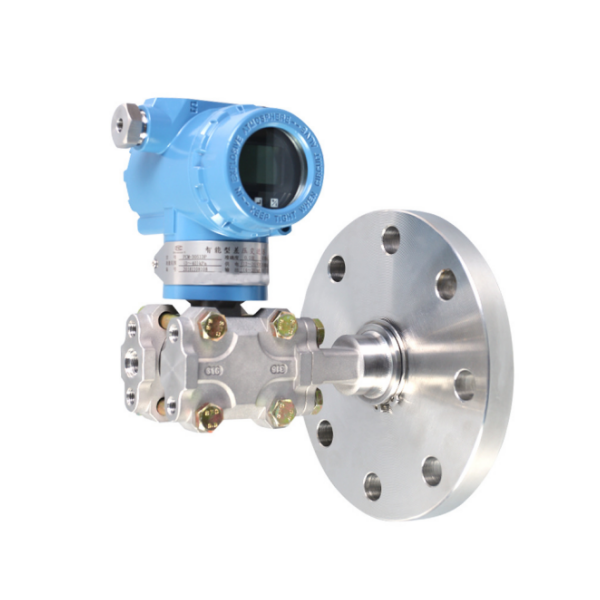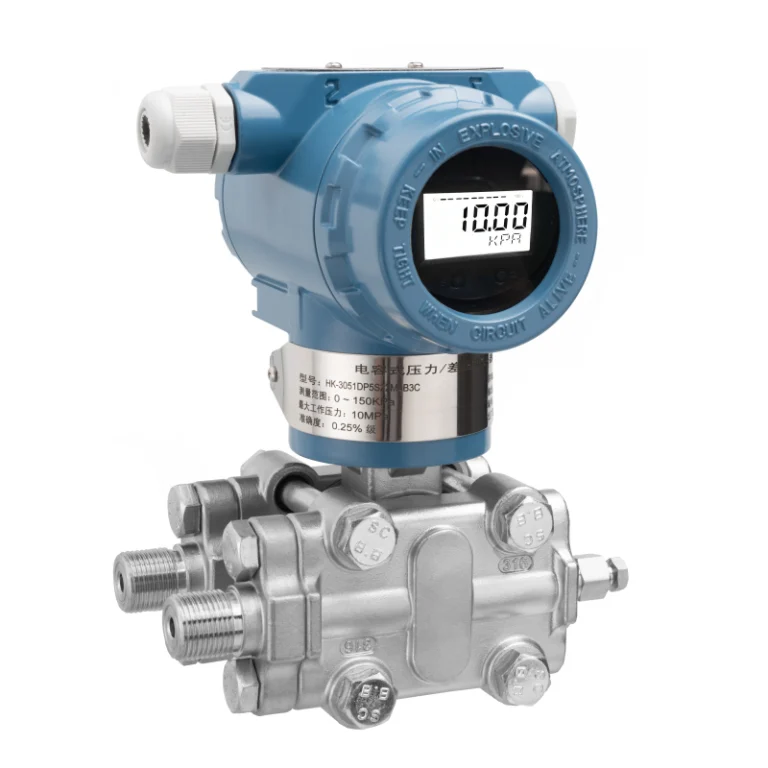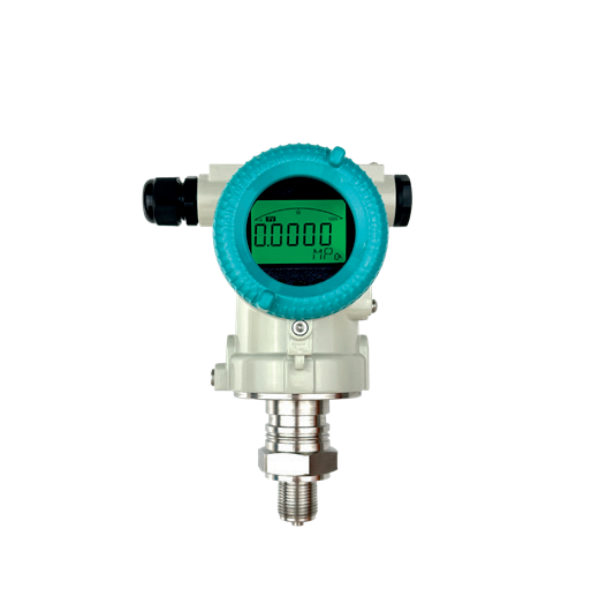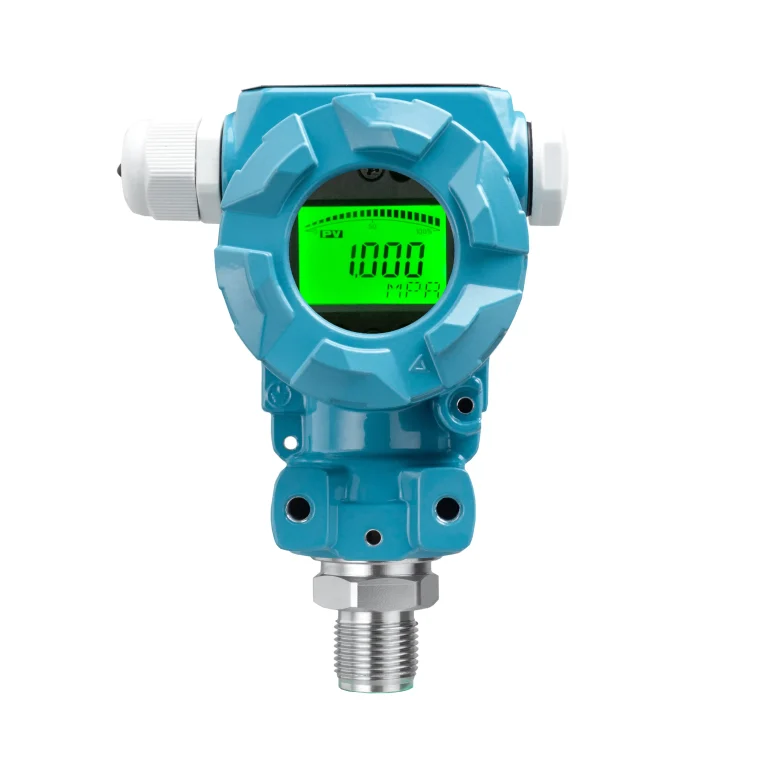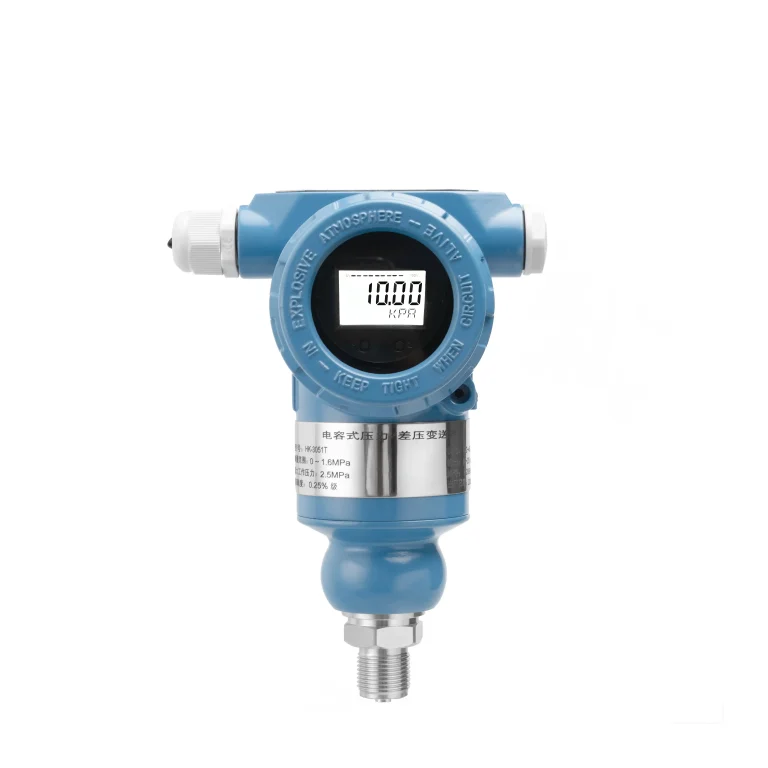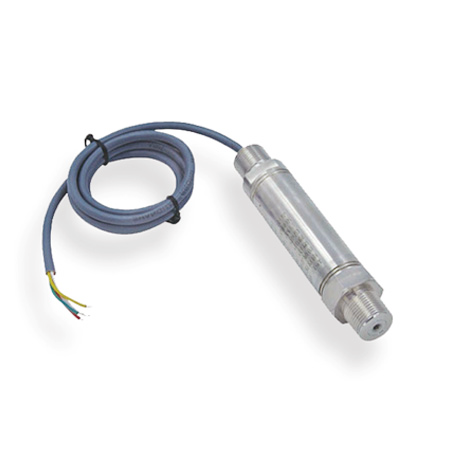Explosion Proof Pressure Transmitters Exd-Exia
Explosion proof pressure transmitters are generally used in flammable, explosive and other dangerous environments, such as coal mines, gas stations and other fields. It is divided into flameproof type and intrinsically safe type. That is, there are two explosion-proof levels: Exd and Exia. The functions are similar, but they are essentially different explosion-proof levels.
- Passed the isolation and explosion-proof certification of the National Explosion-proof Electrical Products Quality Supervision and Inspection Center;
- Wide measuring range, capable of measuring absolute pressure, gauge pressure and sealing reference pressure;
- Explosion-proof grade ExiaⅡCT6, Exd IIB T4, widely used in flammable and explosive situations;
- Rugged and durable design, suitable for harsh environments;
- Special alloy (Inconel 718 or Hastelloy C276) material can be customized;
- Measurement parameters such as low temperature and high temperature can be customized.
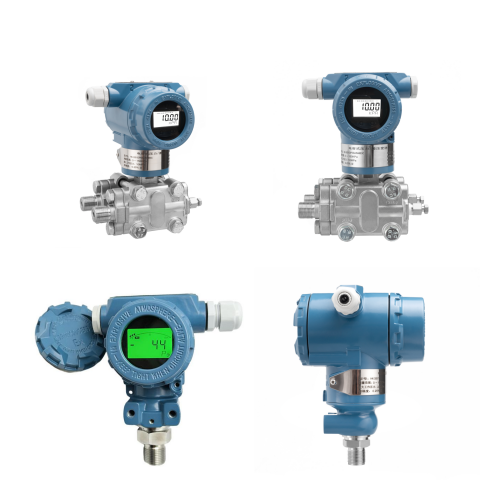
Featured Explosion-Proof Pressure Transmitters/Transducers
Sino-Inst manufactures and supplies a wide range of explosion-proof pressure transmitters. Widely used in various hazardous industrial conditions. Convert the absolute pressure or gauge pressure of the measured medium into standard electrical signals. Such as 4~20mA, 0~5VDC, 0~10VDC and 1~5VDC. Optional HART, RS485, etc.
The risk of fire or explosion in explosive environments can be avoided.
Can be used for pressure measurement of a variety of liquids, gases and other media.
Optional flameproof type Ex dⅡC T6 Gb, intrinsically safe type Ex iaⅡC T6 Ga (current output only).
Pressure range, temperature range, wetted material, etc. can be customized as needed.
Choose Sino-Inst Explosion Proof Pressure Transmitters for More Safety Measurements
Sino-Inst explosion-proof pressure transducers can be used safely in hazardous environments. Used to convert pressure signals such as liquid or gas into standard electrical signal output. Mainly used in petrochemical, chemical, pharmaceutical and other industries. Can effectively avoid dangers caused by static electricity, sparks, etc.
Explosion Proof Pressure Transmitters Applications
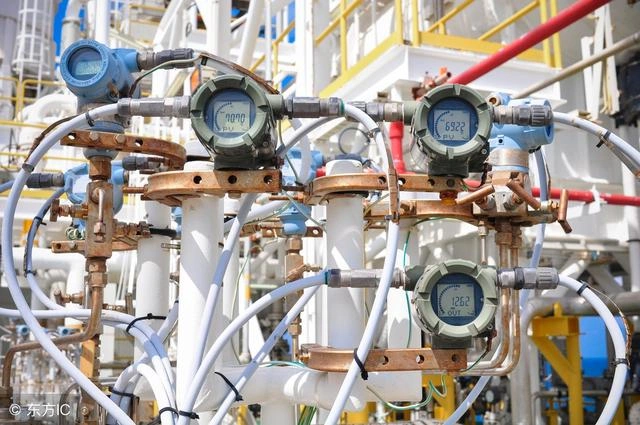
Natural Gas Pressure Measurement
Pressure sensors used in natural gas control systems, natural gas compressors, gas dispensers, etc. must have explosion-proof capabilities.
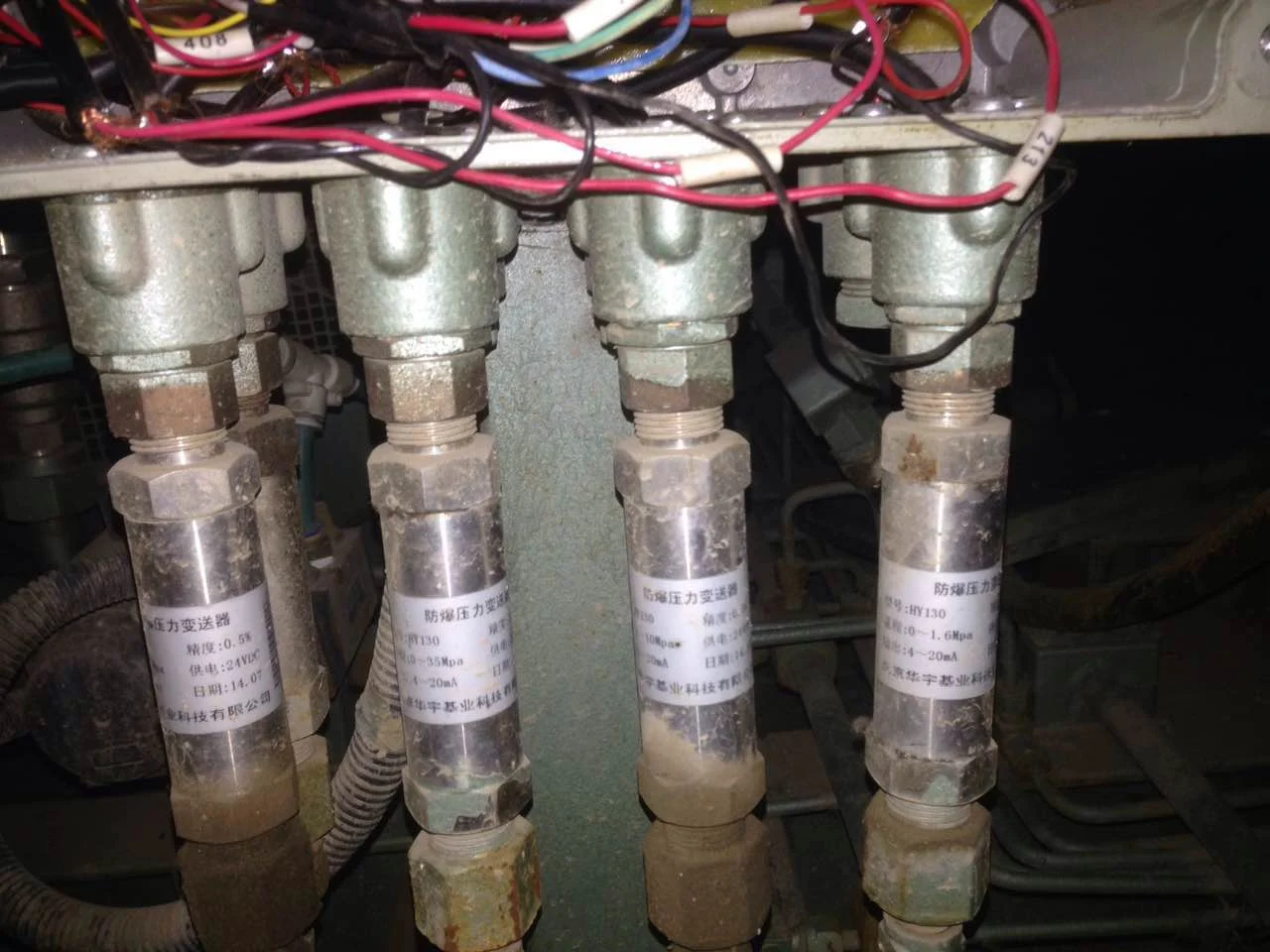
Oil Pressure Measurement
During the storage and transportation of oil tanks and oil products, explosion-proof pressure transmitters are used to detect pressure. Diesel engines, etc. also need to detect high-temperature gas pressure.
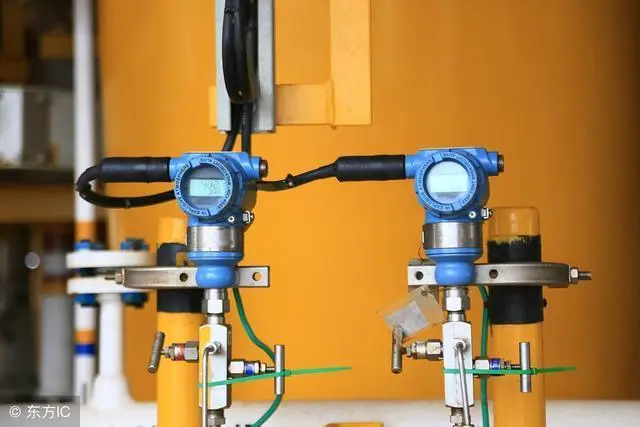
Oxygen-Hydrogen Pressure Measurement
For flammable and explosive gases such as hydrogen and oxygen, transmission systems and pipelines, hydrogen equipment, etc., all equipment are required to be explosion-proof.
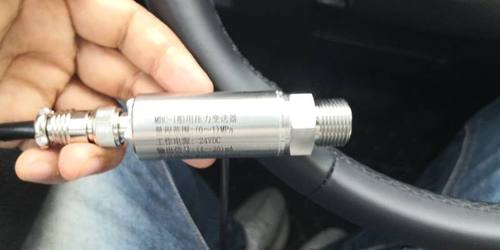
Dust-Fiber Environmental Pressure Measurement
Where combustible dust occurs, dangerous factors such as sparks must be avoided. Therefore, it is also necessary to choose an explosion-proof or intrinsically safe pressure transmitter.
More Information
Pressure Transmitter Explosion-Proof Level
This transmitter is divided into two types: intrinsically safe type and dust explosion-proof intrinsically safe type.
(1), Flameproof type:
Comply with standards GB3836.1-2010, GB3836.2-2010
Explosion-proof mark: ExdⅡCT6Gb
(2) Intrinsically safe type:
Comply with standards GB3836.1-2010, GB3836.4-2010
Explosion-proof mark: ExiaⅡCT6Ga
Intrinsically safe parameters:
Ui=28VDC
Ii=93mADC
Pi=0.65W
Ci=0.03uF
Li=0Mh
Associated device parameters:
Uo≤Ui
Io≤Ii
Po≤Pi
Co=Cc+Ci
Lo=Lc+Li
Uo, Io, Po, Co, and Lo are the safety barrier parameters, and Cc and Lc are the distribution parameters of the connecting cable.
What is a Flameproof Pressure Transmitter?
The technical principle of the explosion-proof pressure transmitter allows dangerous gases to enter the explosion-proof enclosure, and an explosion may occur inside the enclosure. But the shell must have sufficient strength. And each shell joint surface must have a long enough meshing length and a small enough gap. This is to ensure that internal explosions will not pass through the flameproof joint surface and cause an explosion in the external environment.
Flameproof pressure transmitter has a thick flameproof housing of the pressure transmitter. It is designed to withstand the explosion pressure of the internal explosive gas mixture exceeding 2MPa. Prevent internal explosions from spreading to surrounding explosive mixtures outside. Thus achieving explosion-proof performance.
What is an Intrinsically Safe Pressure Transmitter?
Electric sparks and thermal effects are the main ignition sources that cause explosive and dangerous gas explosions. Intrinsic safety is achieved by limiting the energy of two possible ignition sources: electric sparks and thermal effects.
There are low ene points for various explosive and dangerous gases. When the energy of electric sparks or thermal effects that may be generated under normal operation and fault conditions has a low ignition point, it will not ignite the corresponding explosive and dangerous gases and cause an explosion.
The design of intrinsically safe pressure transmitters starts with limiting energy. Reliably limits the voltage and current in a circuit to an allowable range. In order to ensure that the monocrystalline silicon pressure transmitter is working normally or in the event of short circuit or component damage, the spark or thermal effect energy that may be generated inside the equipment and the connecting wires exposed to potentially explosive environments is limited to a level that cannot cause ignition. level. It will not cause the explosion of dangerous gases that may exist around the installation of the pressure transmitter.
Comparison Between Explosion-proof Pressure transmitter and Ordinary Pressure Transmitter
There are significant differences in design and application between explosion-proof pressure transmitters and ordinary pressure transmitters. Mainly in how they handle and adapt to potentially explosive environments. Here’s a comparison between the two:
Application environment:
Explosion-proof pressure transmitter is mainly used in dangerous places with flammable and explosive gases or combustible dust. Such as petrochemical industry, coal chemical industry, etc. Ordinary pressure transmitters are mainly used in safe areas. Such as general gas or liquid medium measurement.
Explosion-proof certification:
The explosion-proof pressure transmitter has passed the explosion-proof certification by a qualified third-party inspection agency. Has explosion-proof certificate. Able to ensure safe use in hazardous locations. Ordinary pressure transmitters do not have this certification.
Design and materials:
Explosion-proof pressure transmitters are more stringent in design, and the materials used must also meet explosion-proof requirements. For example, the shell of explosion-proof instruments is generally relatively strong and thick, and requires high sealing strength.
Intrinsically safe instruments have a special design on the internal circuit. To ensure that even if a failure occurs under specified conditions, it will not cause an explosion in the surrounding environment.
The design and materials of ordinary pressure transmitters do not have these special requirements.
Price:
Because explosion-proof pressure transmitters need to meet additional explosion-proof requirements. Its manufacturing cost is usually higher than that of ordinary pressure transmitters.
In summary, the main differences between explosion-proof pressure transmitters and ordinary pressure transmitters are their application environment, explosion-proof certification, design and materials, and price. When choosing which type of transmitter to use, you need to consider the actual application environment and safety requirements.

